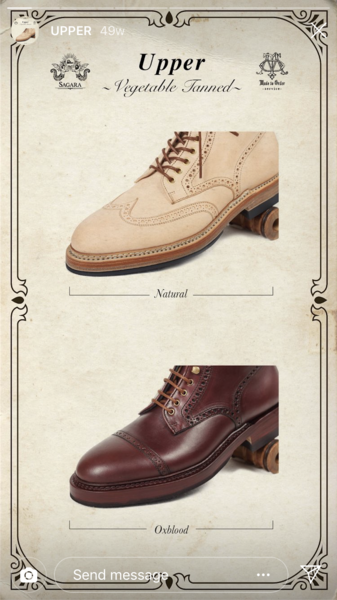- Joined
- Feb 20, 2008
- Messages
- 1,145
- Reaction score
- 925
Thanks for the clarifications, Justin. Especially with all the nuanced terms for grain shoes being so on-trend right now, it's good to see some pics and distinguish between them.
My pleasure, thank you for reading













